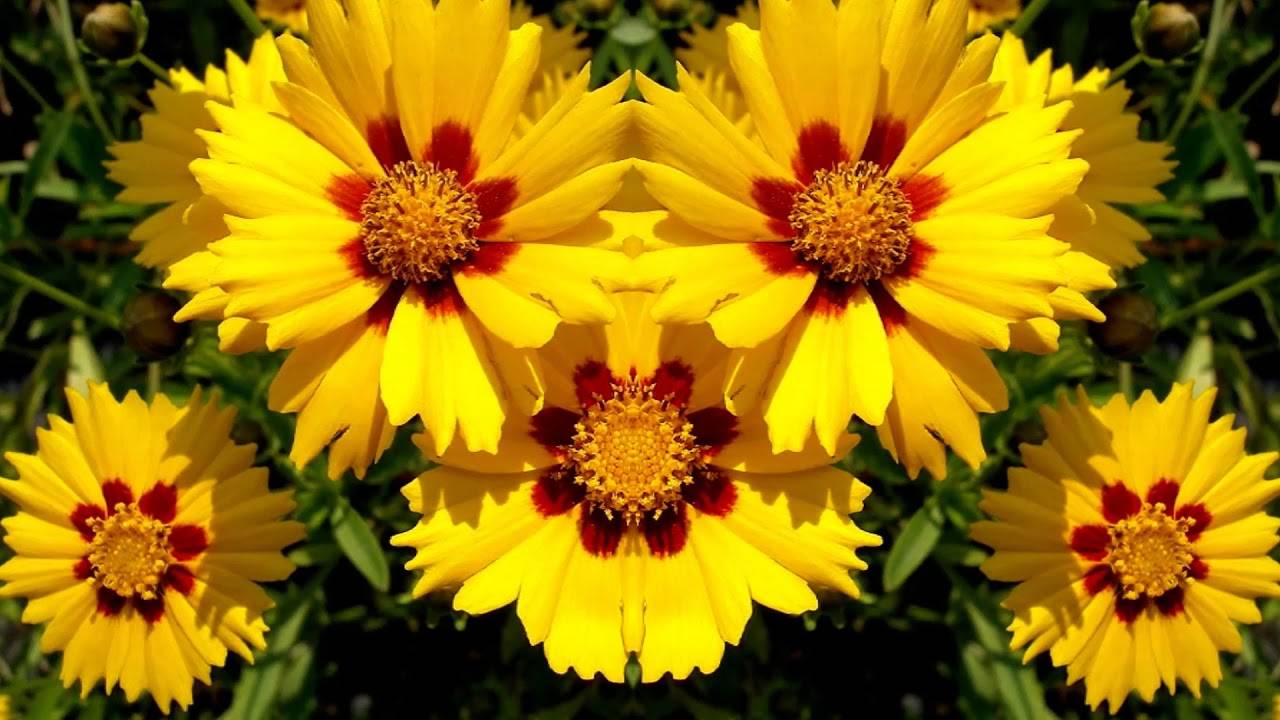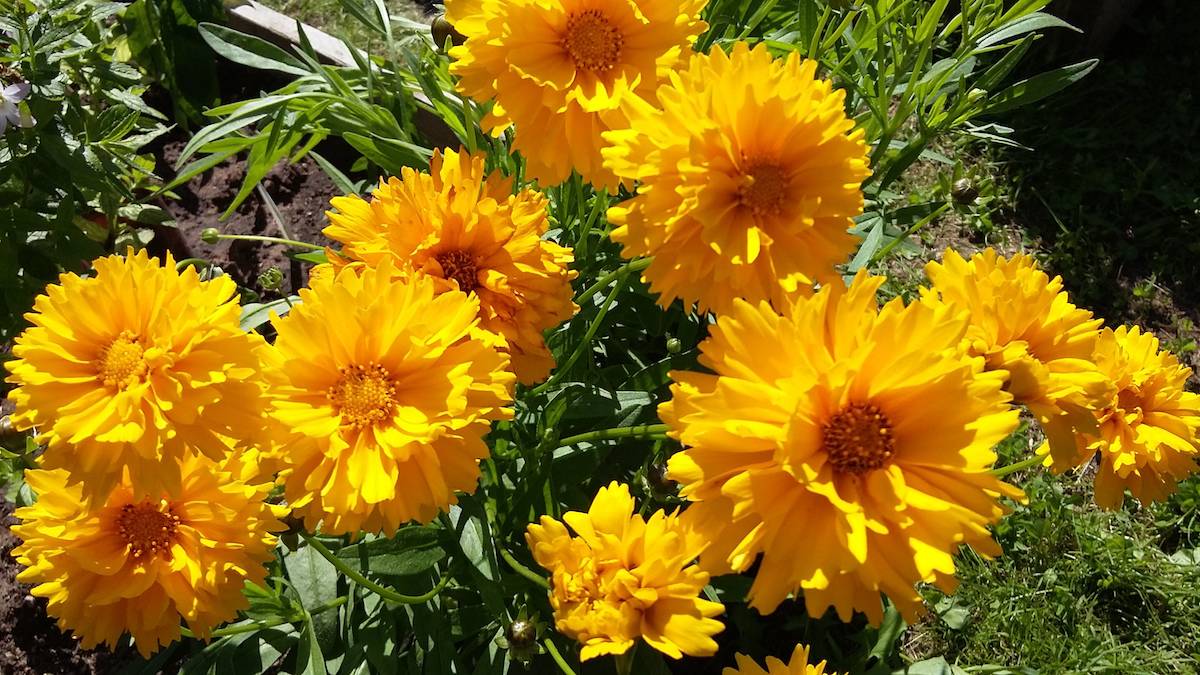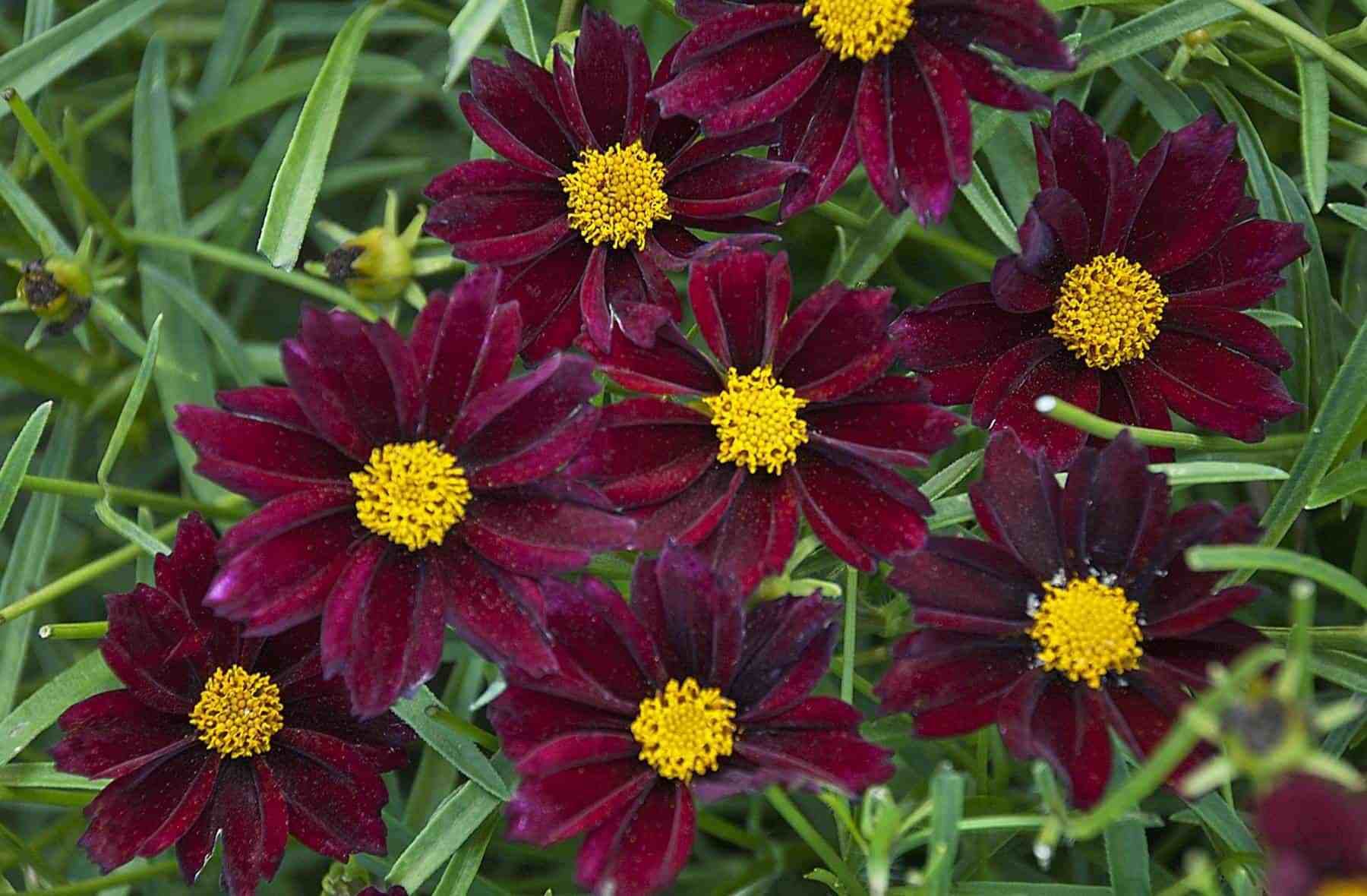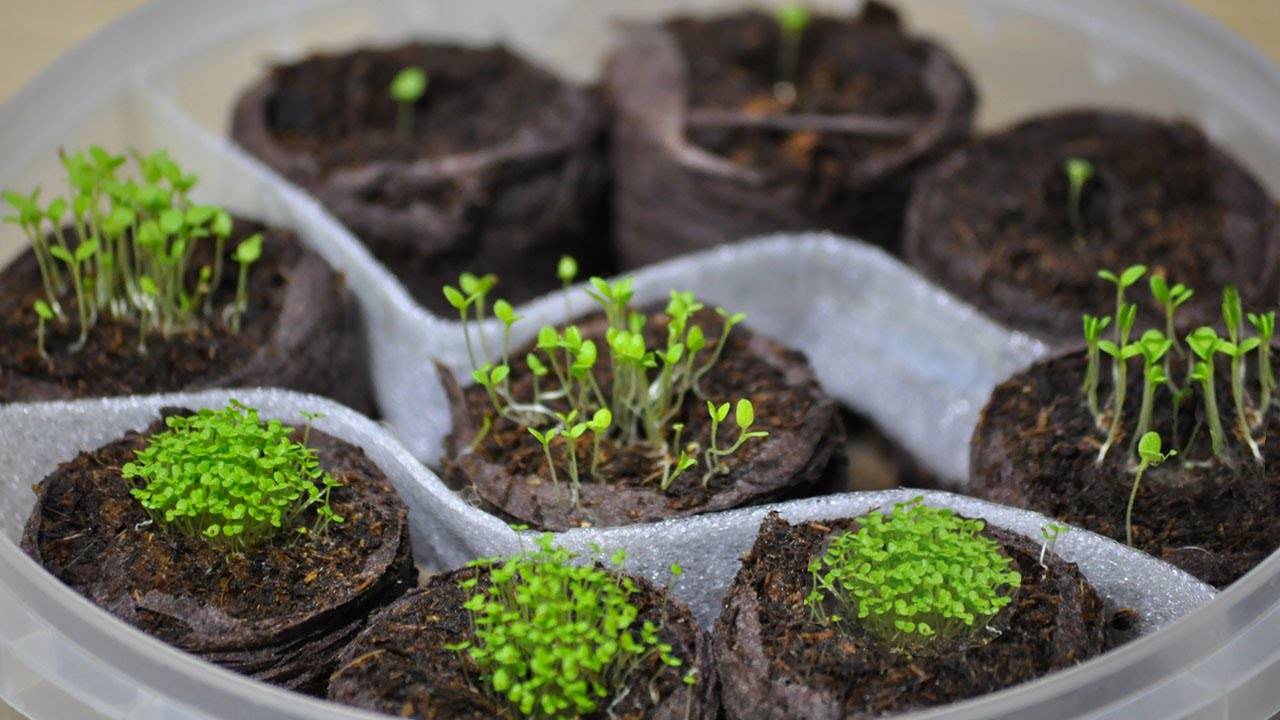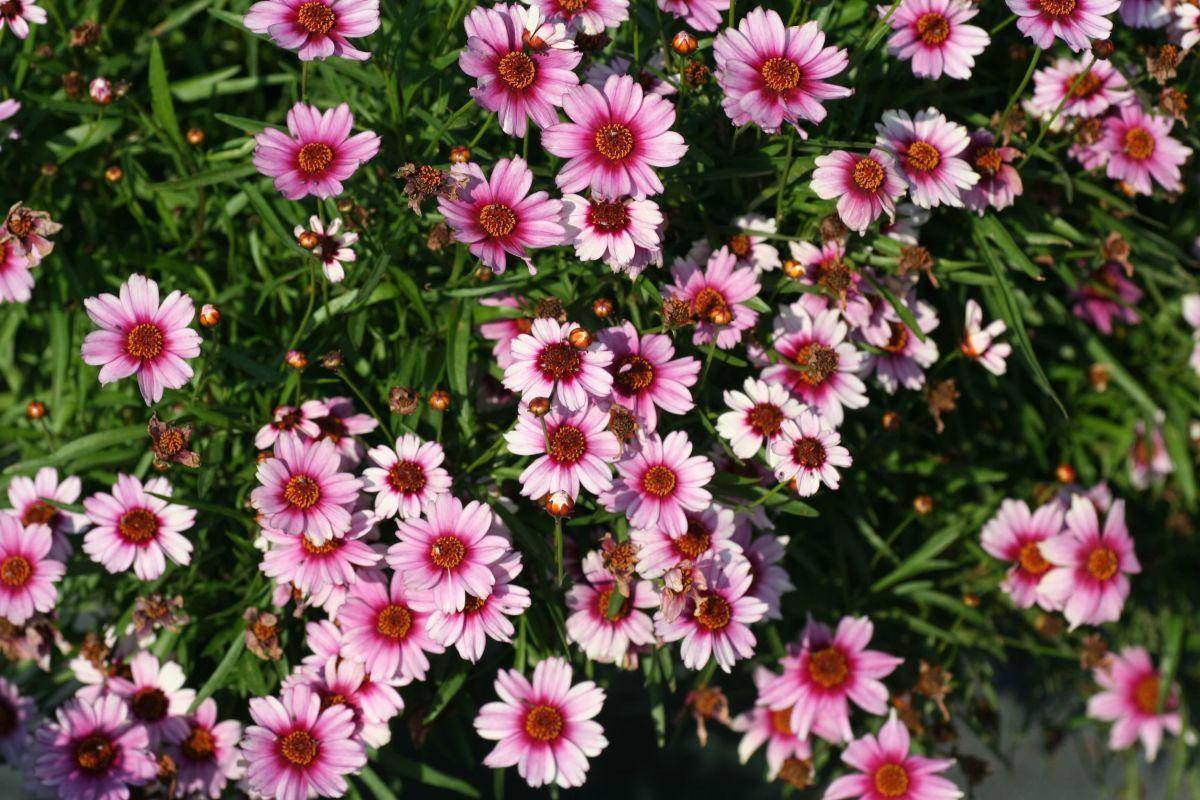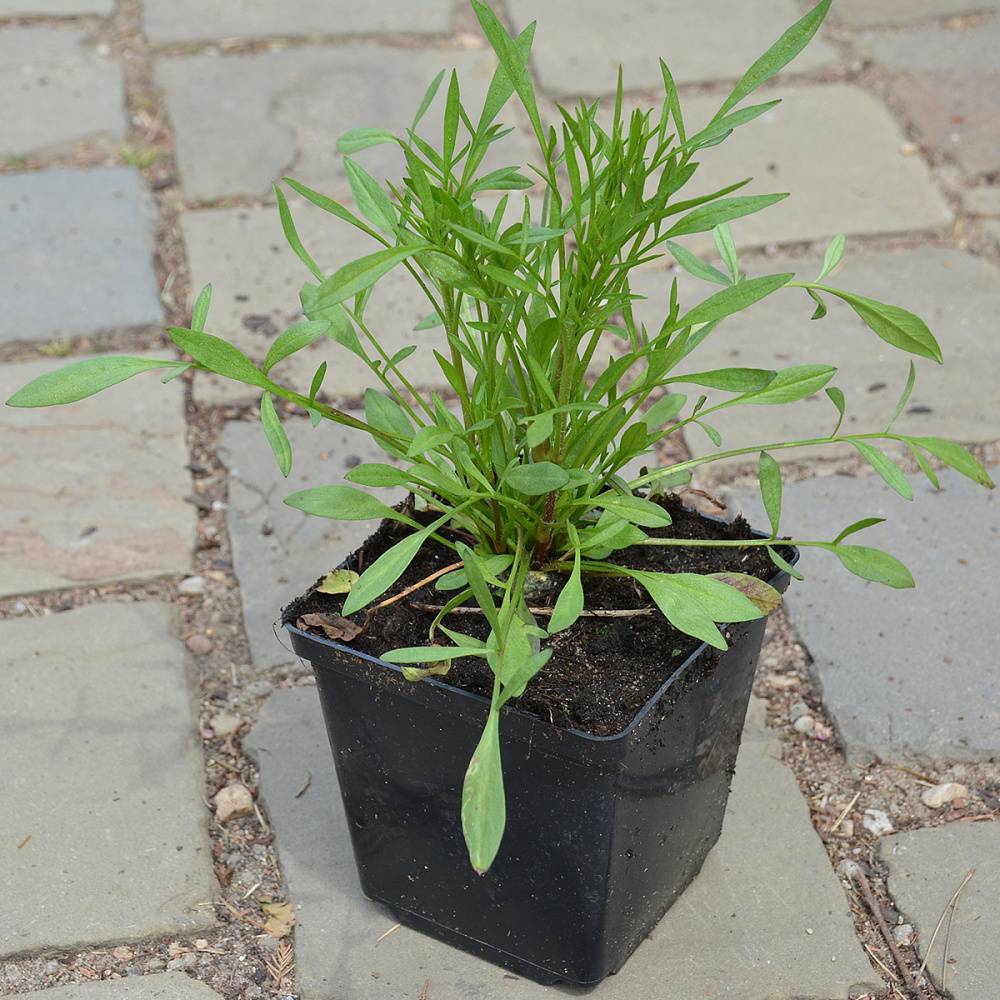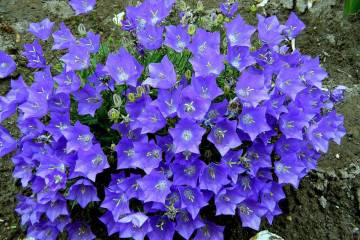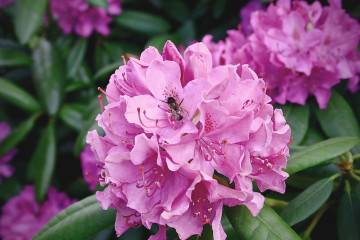Coreopsis (Coreopsis) perennial
Content:
Unpretentious to care for, easy to reproduce and incredibly bright - these are all perennial coreopsis. The flower has long conquered the hearts of many gardeners and took its rightful place in the plots.
general information
Coreopsis belongs to the Asteraceae or Compositae family. The natural habitat of the flower is North and South America. It is rare to find it in the Hawaiian Islands.
The plant got its name from the Greek language, where coreos means "bug" and apsis means "species". Coreopsis earned such an unusual nickname due to its seeds, which in appearance resemble bedbugs.
Coreopsis perennial plant species
In total, there are about 100 species of coreopsis in the world, which can be divided into two large groups: perennial and annual. Most of the representatives of this plant are herbs, but dwarf shrubs can also be found. In culture, no more than 30 species are grown.
Common types of coreopsis are presented below.
Whorled
A distinctive feature of whorled coreopsis is a wider range of colors. Inflorescences can be red, pink, orange or yellow. It reaches a height of up to 90 cm. Leaves are soft green in color.
The plant pleases the gardener with bright flowers all summer. The flowers themselves are small in size, the diameter usually does not exceed 3 cm. In shape, the inflorescences resemble stars. The petals are linguistic. Unlike its counterparts, whorled coreopsis grows and blooms in one place for 5-6 years.
Large-flowered (grandiflorum)
Coreopsis large-flowered is distinguished by strong branching. The plant can reach a height of 1 m. The flowers are large - 8 cm. The color range is not so diverse and there are mainly yellow inflorescences. The petals are jagged along the edges.
In one place, large-flowered coreopsis can live no more than 3 years. The flowering period is from mid-July to the first frost.
Lanceolate
The plant reaches a height of no more than 50 cm. Flowers are large enough, up to 6 cm in diameter. Multilayer inflorescences with serrated petals at the edges. The stems are covered with leaves of a bright green color.
Terry
A distinctive feature of terry coreopsis is fluffy inflorescences. This image is created by the villi that densely cover the buds.
Coreopsis flowers have a rich yellow hue, the diameter of which reaches 5 cm.The plant forms a voluminous bush, the height of which is up to 70 cm.
Variegated
This variety is very abundant and blooms for a long time. The deciduous part of the bush usually does not reach a height of more than 40 cm, but the stems themselves can grow up to 80 cm.
Leaves are pale green with a white border around the edges. Single-layered inflorescences with serrated petals at the edges.
Pleases with bright colors throughout the summer.
Hybrid
A small bush up to 50 cm high. The main advantage over other species is the unpretentiousness of the plant. In one place can live up to 7 years.
Flowering begins in mid-summer and can last until mid-October.
Tinting
Coreopsis dye is a representative of annual plants. It blooms profusely, with bright, but small buds, which are no more than 3 cm in diameter.
It blooms with the first frost.
The most popular varieties of coreopsis
Coreopsis has long been loved by breeders for its unpretentiousness and beauty. Therefore, new varieties are bred regularly. Today, the coreopsis flower can be found in many gardens and parks.
Common varieties of coreopsis:
- Airlie Sunrise is a miniature bush covered with large, vibrant flowers. This variety is no more than 40 cm high. Inflorescences are formed already in the year of sowing. Remarkably, cut flowers can stand in water without withering for more than 13 days.
- Golden globe (Golden globe) - a small bush and reaches a height of 50 cm. The flowers are fluffy, have several shades, from pale peach to bright red.
- Sunray is an amazing variety that blooms from July to September. Flowers with petals in several layers. The sharp jagged edges of the petal and the layering make it look like a fluffy, sunny ball.
- Zagreb (Zagreb) - has branched stems, up to 1 meter high. The leaves are very narrow and more like needles. Inflorescences are star-shaped, no more than 3 cm in diameter.
- Terry sun - the variety has such a name for a reason. Flowers, due to small, tightly adjacent petals, seem to be double buns. The color is yellow, saturated.
- Golden baby - foliage is predominantly located at the roots. The inflorescences of the basket are densely dotted with a small bush. It blooms with bright yellow flowers from mid-summer until frost.
- Grandiflora (coreopsis grandiflora) is a neat small bush covered with yellow flowers.
- Moonbeam (moonbeam) - herbaceous perennial, with small flowers. The bushes are fluffy, with needle-shaped leaves.
How coreopsis reproduces
Coreopsis is perennial, planting and caring for which requires a minimum of effort, can be seated in several ways, each of which has its own characteristics. Regardless of the propagation method, the plant is easily strengthened in a new place.
Therefore, the soil should be fertilized in advance, a few days before planting the flower.
The main ways of reproduction of coreopsis are presented below.
- Division of the bush.
The most successful time for the reproduction of coreopsis, by dividing the bush, is the period when the air temperature warms up above 12 degrees.
Coreopsis grows rapidly, so it is recommended to divide the bush every year.
Before uprooting the plant, you need to look at the coreopsis bush from all sides for damage. If there are no problems, the plant needs to be well watered and loosened. Then, carefully, so as not to damage the roots, get it out of the ground with a shovel.
For reproduction, 3-4 stems are taken with full roots. New shoots are transplanted into pre-prepared pits, to a depth of 20-30 cm.
- Growing from seeds.
With this method of reproduction, the first flowering should be expected no earlier than a year after transplanting. To speed up this process, seeds can be initially planted and germinated at home using the seedling principle.
As soon as the flower sprouts and has 3-4 leaves, it can be transplanted into open ground. This is best done in early spring.
- Propagation by cuttings.
July is considered the ideal period for grafting.Cuttings should be cut from a healthy stem and have at least 3 internodes. The cut must be done obliquely.
In order for the cuttings to root faster, they need to be looked after in a greenhouse. To do this, each shoot must be planted in a separate container, watered abundantly and covered with foil.
Rooting of cuttings is faster if kept indoors, avoiding direct sunlight.
Once the cuttings are in place, they can be transplanted outside. Greenhouse conditions are no longer required.
There is no need to prepare the soil for coreopsis. It is enough to mix the soil with compost from the leaves.
Features of caring for coreopsis in the garden
Despite the unpretentiousness of coreopsis in care, due attention should be paid to the flower.
It is enough to follow a few rules:
- Watering. Abundant watering is required only during the breeding and rooting season in the open field. Then the flower has enough natural moisture from periodic rains.
- Spraying on a regular basis is not required. Sometimes it is enough to knock the dust off the plant by gently pouring it from above through a watering can. The water pressure should be moderate so as not to knock off the inflorescences.
- Humidity. The flower is resistant to drought, and excessive moisture can cause the death of the flower.
- Top dressing. Fertilizers are best used when coreopsis is just taking root. The plant is very sensitive to fertilization, which can lead to overgrowth of the leafy part. Therefore, it is sufficient to use organic mixtures at the end of the season. If the feeding is from the store, you need to study the description of the composition in detail.
When and how coreopsis blooms
Almost all types of coreopsis bloom at the same time - this is the period from mid-summer to mid-October. The most abundant flowering occurs at the end of August. By this time, the plant forms the maximum number of inflorescences that replace each other.
This procedure promotes the formation of new buds, which means that the plant will delight its owner with abundant flowering longer.
One of the important advantages of perennial coreopsis is that during the flowering period, the basics of plant care do not change in any way. You just need to make sure that the inflorescences do not outweigh and do not break the stems. For this, props can be arranged.
Transplant after purchase and during reproduction
Coreopsis can be planted outdoors in both spring and autumn. If a new inhabitant of the garden appeared before winter, then the landing should be carried out under the snow. The plant tolerates frost easily.
You can additionally insulate the young coreopsis by covering it with a thick cloth for the period of cold weather.
A plant purchased in spring does not need additional insulation and is ready for planting in open ground immediately after purchase.
Possible problems in growing coreopsis
Like any plant, the darling of the sun - coreopsis, can hurt. Signs of improper care and how to remedy the situation:
- Fungal disease - rust, in which dirty yellow spots appear on the leaves. You can cope with the problem by treating the flower with a special solution and removing damaged leaves.
- Fungal disease - spotting, refers to viral diseases and is not cured. Moreover, if dry spots are found on the leaves and stem of a plant, it must be uprooted and burned. The flowerbed should be treated with special preparations.
- Aphids are easy to remove. A few insecticide treatments are enough.
It is necessary to monitor the state of coreopsis regularly: remove buds that have faded and weak leaves, cut out wilted stems.
It is a pleasure to grow perennial coreopsis. The minimum of requirements for care, but the gratitude of the plant, in the form of rapid flowering for a long time, is amazing.Cut flowers will be a great decoration for your home and will cheer you up on the most cloudy day.
